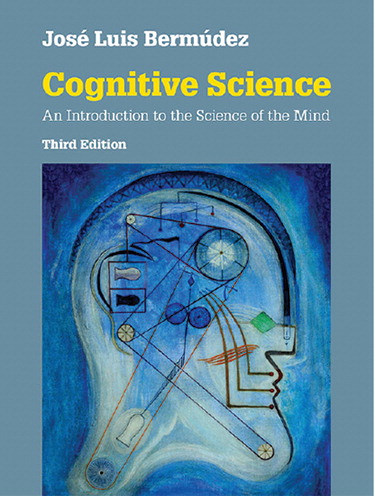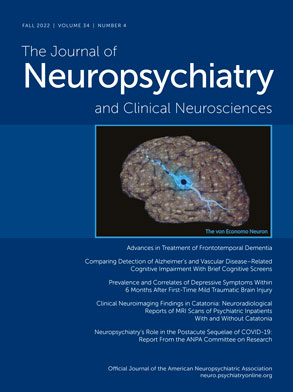By José Luis Bermúdez, Ph.D. Cambridge, United Kingdom, Cambridge University Press, 2020, 560 pp. $54.10 (paperback).
In the third edition of his popular textbook, Cognitive Science: An Introduction to the Science of the Mind, author José Luis Bermúdez aimed to create a book that is accessible enough to be used as the primary text in an undergraduate-level course but with a balance of breadth and depth appropriate for graduate students as well. Compared with prior editions, the organization has been changed to emphasize the interdisciplinary nature of cognitive science as an endeavor that unites many disciplines around a shared set of problems, experimental techniques, and explanatory frameworks, rather than to approach cognitive science from the narrow perspective of an individual discipline. This revised approach also adds new sections that introduce readers to the use of Bayesian models and machine learning in cognitive science.
The book is divided into three parts. Part 1, “Historical Landmarks,” is a review of the historical accomplishments and disputes that have advanced the field to where it is today. In part 2, “Models and Tools,” we are introduced to the contemporary landscape of explanatory models and the tools and experimental methods used in cognitive science. Part 3, “Applications,” describes the application of ideas presented in earlier sections to the development of artificial intelligence, robotics, theory of mind, and theories of consciousness, to name only a few. Within each part, the view that cognitive science is a unified but highly interdisciplinary endeavor is emphasized by organizing the discussion around the set of questions that cognitive scientists are attempting to answer. For example, how is it that a child is able to learn a language? In addressing this question, we are shown how philosophers like Jerry Fodor and linguists like Noam Chomsky have clarified the set of questions that need to be answered. Then, we are shown how experimental psychologists have probed the language learning process of children and, finally, how builders of neural networks and Bayesian programs have proposed explanations for a subset of our language learning abilities. By exploring how our understanding of language acquisition has developed in this manner, the reader is able to see how each discipline is able to uniquely contribute to furthering the field of cognitive science.
Dr. Bermúdez selects some important topics for more detailed explanation. A chapter each is devoted to the most prominent theoretical models, including physical symbol systems, neural networks, dynamical systems, and Bayesian modeling. The explanatory powers and shortcomings of these models are explored by demonstrating which cognitive phenomena each is best suited to explain. His discussion of research tools like EEG, functional MRI, and positron emission tomography is relatively nuanced for an introductory textbook. He makes clear that while these are certainly revolutionary and important tools, they are not straightforward “windows into the mind,” and he emphasizes that it is the creativity of the experimental designs in which they are employed that truly unlocks their power.
In summary, in this third edition, Dr. Bermúdez has produced a fantastic introduction to the science of the mind. It is impressively well written and engaging. It would be a stretch to claim that this book has any direct relevance to the clinical practice of neuropsychiatry, but that should not be counted as a weakness. It is intended to be used as a textbook for an introductory course, and it is well suited to that purpose. That said, I would recommend this book to anyone interested in a greater understanding of our current state of knowledge in cognitive science and how far we have yet to go in understanding how the mind works.


